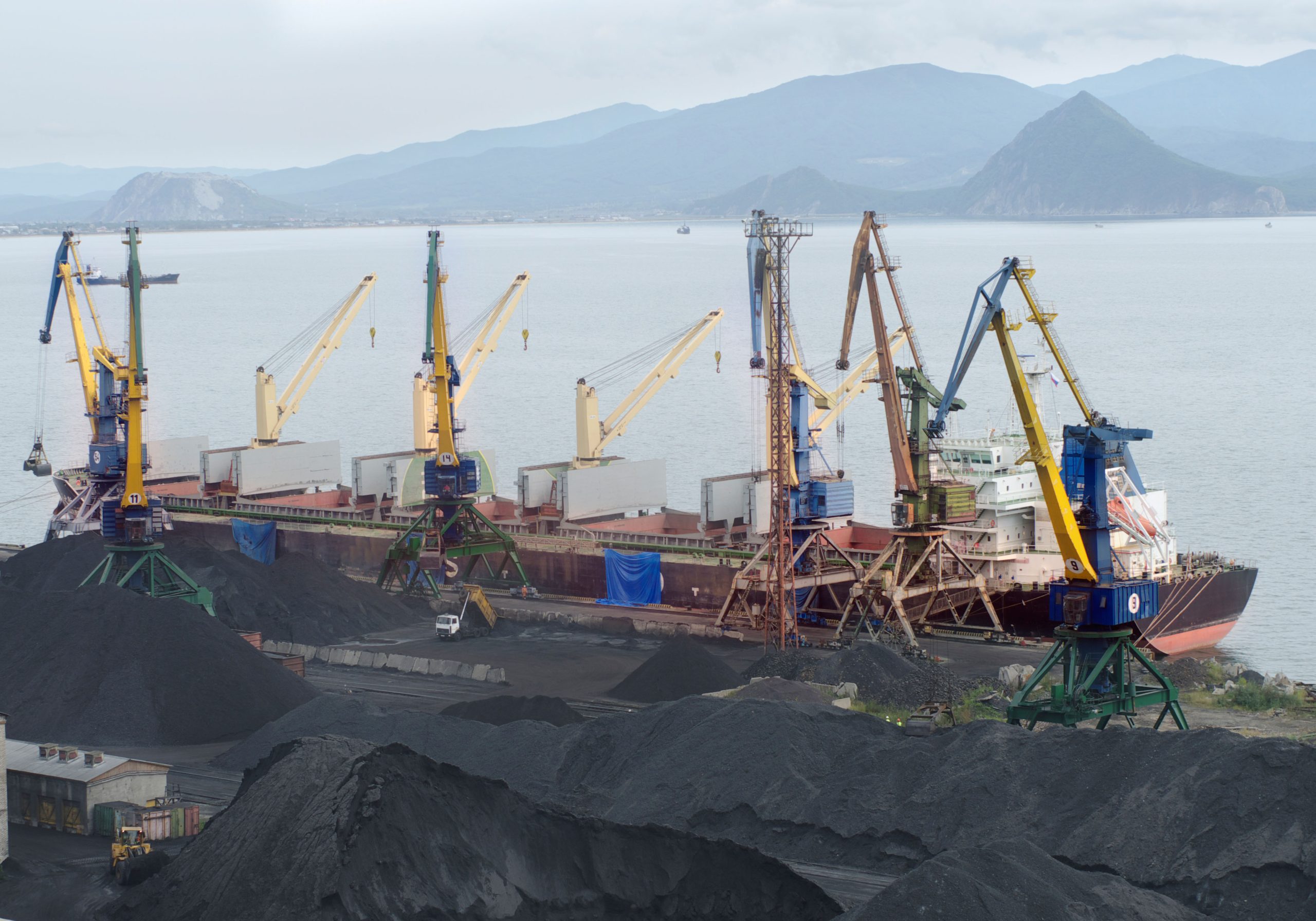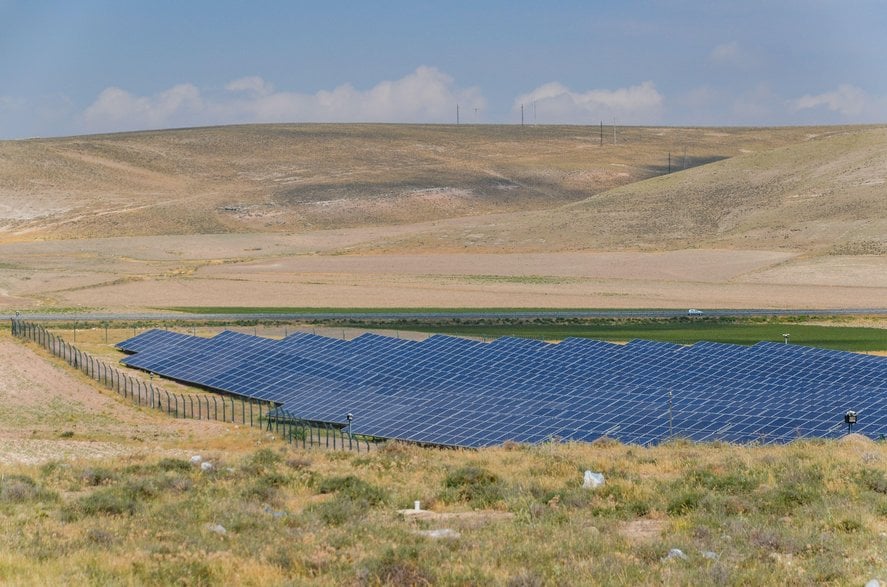
EU can stop Russian gas imports by 2025
New analysis by Ember, E3G, RAP and Bellona identifies the indispensable role clean energy solutions play in rapidly ending the EU’s reliance on fossil gas imports from Russia.
Executive Summary
EU can stop Russian gas imports by 2025
Clean energy solutions can play an indispensable role in rapidly ending the EU’s reliance on Russian fossil gas imports.
New analysis by Ember, E3G, RAP and Bellona shows that the EU can end imports of all Russian fossil gas by 2025. This is two years earlier than the European Commission’s current target of 2027. Most significantly, we have identified that this can be achieved without stalling the end of coal power generation or building new gas import infrastructure. It would not even be possible to commission a new LNG terminal within this timeframe.
The accelerated deployment of clean energy and efficiency measures is the solution. By fully implementing the EU’s Fit for 55 plan, removing existing barriers to domestic wind and solar growth and incentivising demand side response, the EU could eradicate Russian gas imports and simultaneously instigate the decline of its reliance on volatile fossil fuels.
The EU must step up to the challenge now and implement policies and actions that allow these clean solutions to thrive.
Key takeaways
Clean energy and energy efficiency can replace two-thirds of Russian gas imports by 2025.
Russian gas imports can be cut by 66% by delivering the EU’s Fit for 55 package and accelerating the deployment of renewable electricity, energy efficiency and electrification. This is equivalent to a reduction of 101 billion cubic meters (bcm). An urgent uplift in policy is now required to achieve the necessary level of implementation.
New gas import infrastructure is not required.
Security of supply and reduction of Russian gas dependence does not require the construction of new EU gas import infrastructure such as LNG terminals. Alternatively sourcing 51 bcm of gas imports via existing assets is sufficient.
Coal power does not need to be extended.
The above measures would enable the EU to achieve the necessary decrease in fossil gas demand without slowing the decline of coal-fired electricity generation.
Conclusion
Key policy recommendations
Counterproductive policies should be identified and tackled.
Incentives that currently deepen or perpetuate gas consumption need to be replaced with investment support for clean heating. It is of paramount importance to avoid infrastructure or contractual gas lock-in, as the “substitution” effect is expected to decline sharply post 2025.
Policy
Make investments in energy efficiency an energy security priority and increase the ambition of and fast track key renewable energy and efficiency policy in the EU “Fit for 55” package. Identify latent reduction potential that can be fast tracked in line with climate targets, in particular in industrial end use of gas, inefficiencies in gas use (transformation losses, methane leakage), and through electrification of end-uses.
Support
Support the roll out of renewables and electrification with investment programmes, administrative streamlining and a better market for demand side flexibility as well as long–term contracts. Clarify financial resources available to clean energy solutions under REPowerEU. Ensure that recovery funding allocated for clean energy is used to that effect.
Capacity
Put in place capacity to monitor and respond to low carbon supply chain risks and scale skilled workforce. Put in place European Commission capacity for a whole economy approach to driving and monitoring progress. Ensure equity in the energy response.
Supporting materials
Acknowledgements
This briefing has been authored by Sarah Brown (Ember), Domien Vangenechten, Johanna Lehne and Lisa Fischer (E3G), Bram Claeys and Jan Rosenow (RAP) and Marta Lovisolo and Keith Whiriskey (Bellona).
Header Image
Vessel under loading in port Nachodka Russia
Credits: iStockPhoto
Related Content




